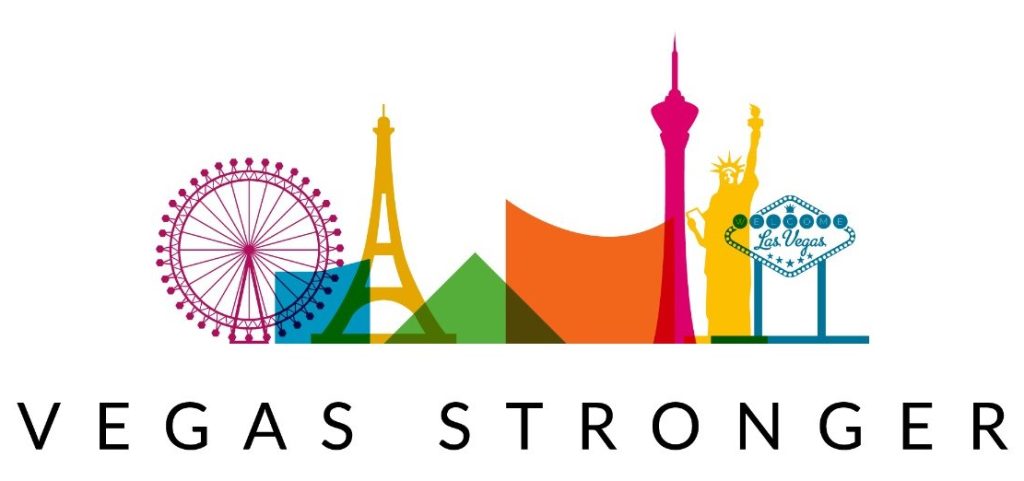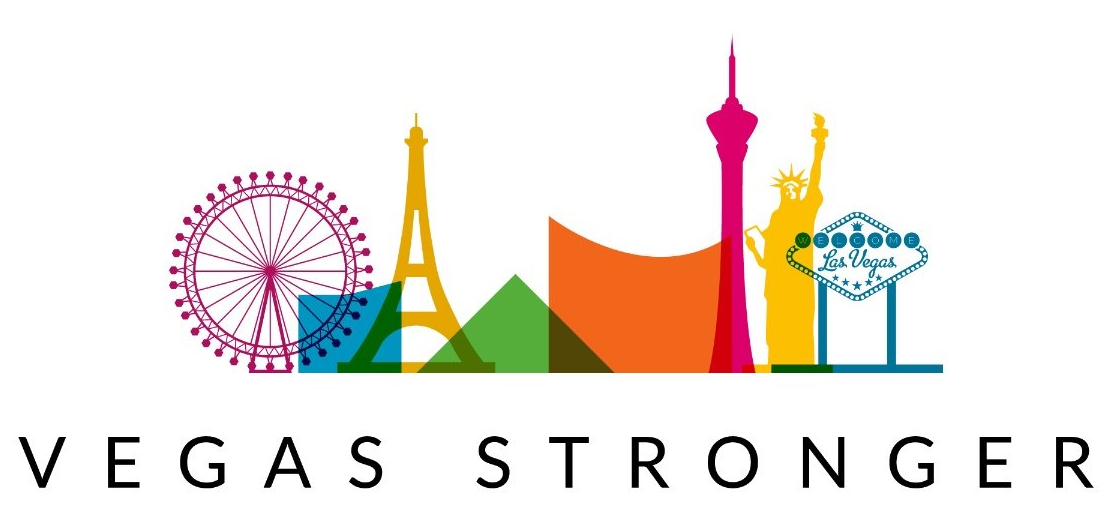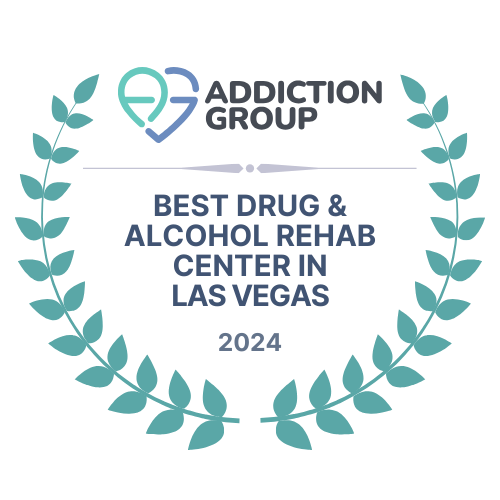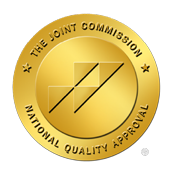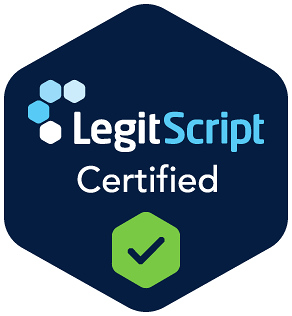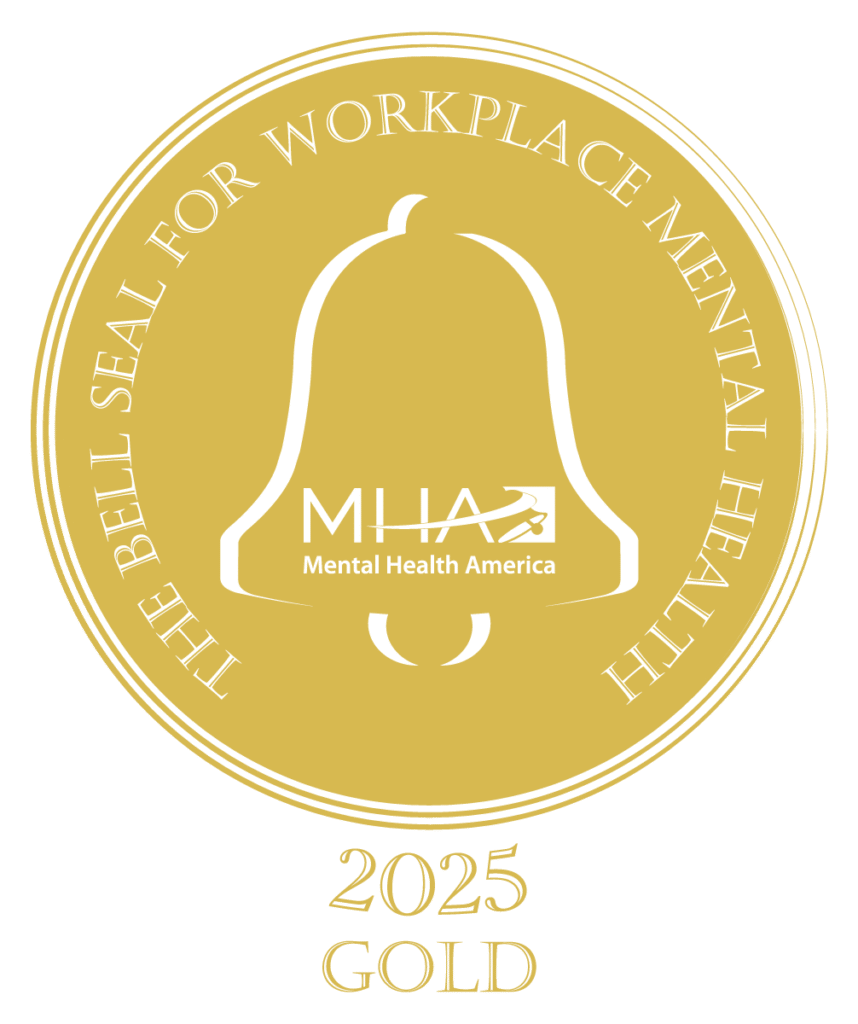Understanding Opioid Use Disorder (OUD)
Impact of OUD
Opioid Use Disorder (OUD) affects millions of individuals and their families across the United States. An estimated 6.1 million people aged 12 or older are grappling with this condition (FDA). The impact of OUD is profound, leading to health complications, strained relationships, and economic burden. Understanding OUD is crucial for you or a loved one seeking assistance in overcoming addiction.
The widespread use of opioids for pain management has significantly contributed to this crisis, leading many to seek help. The need for effective treatment options is more critical than ever as the opioid epidemic continues to affect communities nationwide.
FDA-Approved Medications for OUD
There are several FDA-approved medications designed to aid individuals in stopping or reducing opioid use. The primary medications include:
| Medication | Classification | Description |
|---|---|---|
| Methadone | Full agonist | Effective for pain management and relapse prevention when prescribed properly. (SAMHSA) |
| Buprenorphine | Partial agonist | Has a ceiling effect, helping reduce withdrawal symptoms and cravings. |
| Naltrexone | Opioid antagonist | Blocks euphoric effects of opioids and is effective in preventing relapse. |
Medication-Assisted Treatment (MAT), utilizing drugs like methadone, buprenorphine, and naltrexone, has been proven effective in treating opioid use disorder. Research indicates that long-term MAT is more effective than short-term detoxification plans in achieving sustainable recovery (NCBI).
If you or someone you know is facing the challenges of OUD, seeking treatment through MAT can be a vital step in the recovery journey. Programs like addiction treatment and opioid addiction treatment can provide crucial support on the path to healing.
Available Medications for Opioid Use Disorder
When considering medication-assisted treatment for opioids, it’s important to understand the various FDA-approved medications available for treating Opioid Use Disorder (OUD). Here, we will explore three primary medications: Methadone, Buprenorphine, and Naltrexone.
Methadone for OUD Treatment
Methadone has been utilized for over 50 years and stands as a well-researched option for treating OUD. It binds to mu-opioid receptors in the brain, producing a milder effect compared to other opioids. This interaction helps to alleviate withdrawal symptoms and reduce cravings without creating the intense euphoria typically associated with opioids.
| Key Features of Methadone |
|---|
| Effective in reducing withdrawal symptoms |
| Helps manage drug cravings |
| Long-established treatment history |
| Requires administration in a regulated setting |
Buprenorphine for OUD Treatment
Buprenorphine is recognized for its effectiveness in treating OUD and has the unique advantage of being prescribable by many healthcare providers. This flexibility allows for broader access to treatment, especially since it can be prescribed via telehealth services. Like Methadone, Buprenorphine reduces withdrawal symptoms and cravings but with a “ceiling effect,” which lowers the risk of overdose (National Institute on Drug Abuse).
| Key Features of Buprenorphine |
|---|
| Accessibility through various healthcare settings |
| Can be prescribed via telehealth |
| Reduces withdrawal symptoms and cravings |
| Lower overdose risk due to ceiling effect |
Naltrexone for OUD Treatment
Naltrexone operates differently from both Methadone and Buprenorphine. It blocks opioid receptors, which decreases cravings and helps prevent relapse. Naltrexone is available in an injectable form called Vivitrol®, which provides a long-acting solution that requires monthly administration. This option is useful for individuals seeking to maintain their recovery without the daily management of medication.
| Key Features of Naltrexone |
|---|
| Blocks opioid receptors to reduce cravings |
| Available in a long-acting monthly injection |
| Useful for individuals aiming for structured recovery |
| No requirement for specialized treatment facilities |
Understanding these medications is vital for you or your loved one when exploring options for addiction treatment. Each medication offers unique advantages that cater to distinct needs and circumstances. For comprehensive support, consider integrated services such as long term recovery support and those that encompass transitional housing support as part of the recovery journey.
Effectiveness of Medication-Assisted Treatment (MAT)
Medication-Assisted Treatment (MAT) has become a pivotal approach in addressing Opioid Use Disorder (OUD). This treatment combines FDA-approved medications with psychosocial therapies to improve recovery outcomes.
Benefits of MAT
MAT offers a variety of benefits for individuals struggling with OUD. Some of the key advantages include:
-
Reduction in Mortality Rates: Individuals utilizing MAT with medications like methadone or buprenorphine experience a significant decrease in mortality, with treatment being associated with an estimated reduction of about 50% in overdose deaths compared to those who are untreated.
-
Improved Stability: Patients on MAT often show enhanced stability in their lives. Research indicates that those prescribed methadone or buprenorphine are more likely to maintain employment, avoid criminal activity, and engage in counseling and other supportive interventions (Evidence-Based Treatment).
-
Enhanced Quality of Life: MAT helps individuals manage withdrawal symptoms and cravings, which can lead to a better overall quality of life. This treatment approach allows individuals to focus on their daily responsibilities, including work and personal relationships.
The following table summarizes the key benefits of MAT:
| Benefit | Description |
|---|---|
| Reduced Mortality Rates | Approximately 50% lower mortality in long-term treatment with methadone or buprenorphine. |
| Improved Stability | Higher chances of maintaining employment and avoiding criminal behavior. |
| Better Quality of Life | Helps manage withdrawal symptoms, allowing focus on daily responsibilities. |
Research Findings on MAT
Numerous studies support the effectiveness of MAT for OUD. Notably, MAT significantly outperforms either behavioral interventions or medications alone. Research shows that individuals receiving MAT are:
-
More Likely to Engage in Counseling: MAT promotes greater engagement in supportive behavioral health interventions, which contribute to stronger recovery outcomes.
-
Reduced Exposure to High-Risk Behaviors: Patients on MAT demonstrate lower rates of high-risk behaviors, such as sharing needles, leading to a reduction in the spread of infectious diseases like HIV.
Studies indicate that overdose deaths in the United States are alarmingly high, with one death occurring every 20 minutes due to opioid overdose. MAT has proven to be the most effective intervention, playing a crucial role in addressing this public health crisis.
For detailed information on accessing medication-assisted treatment for opioids, you can explore the options available at Vegas Stronger. This resource can guide you or your loved ones through finding effective treatments while also offering comprehensive support services including long term recovery support and transitional housing support.
Challenges and Controversies of MAT
Medication-Assisted Treatment (MAT) presents significant benefits in treating Opioid Use Disorder (OUD), but it also faces a range of challenges and controversies. Understanding these issues is crucial for those considering MAT for themselves or a loved one.
Risks Associated with MAT
While MAT can be effective, it is important to be aware of the potential risks involved. Some individuals may experience side effects from medications like methadone, buprenorphine, or naltrexone. These side effects can include nausea, dizziness, and fatigue. It is critical to discuss these potential risks with healthcare providers to ensure that informed decisions are made.
Moreover, MAT does not eliminate the risk of other substance use or relapse. The treatment should ideally be part of a comprehensive approach that includes counseling and peer support to address the underlying issues related to addiction. This integration can be vital in promoting long-term recovery and minimizing risks (Pew Charitable Trusts).
Barriers to Accessing MAT
Access to medication-assisted treatment often remains limited, creating significant challenges for individuals seeking help. One major barrier includes the shortage of qualified healthcare professionals authorized to prescribe MAT medications. Approximately 30 million Americans live in counties without physicians who can prescribe buprenorphine, contributing to a widening treatment gap (Pew Charitable Trusts).
Financial barriers pose another issue; not all insurance plans cover MAT therapies. Additionally, patients may encounter difficulties in affording treatment without insurance, making it harder to initiate recovery.
Complexities in navigating treatment programs created additional challenges. Many facilities are slow to incorporate MAT, which hinders timely access to these essential therapies. It is vital to advocate for comprehensive service coverage that includes MAT options to address the opioid epidemic effectively.
By understanding the risks and barriers related to MAT, you can make more informed decisions regarding your treatment options or advocate for a loved one in need of support. For further assistance, consider exploring resources addressing addiction treatment and support services available in the Las Vegas area.
Importance of Individualized Treatment Plans
In the realm of recovery from opioid use disorder (OUD), personalized treatment plans are crucial. Each individual has unique needs and circumstances that must be considered when developing a successful strategy for long-term recovery. At Vegas Stronger, you will find the support and resources needed to create a tailored approach that meets specific requirements.
Tailoring Treatment Plans
Tailoring treatment plans involves assessing an individual’s history, preferences, and symptoms. A comprehensive evaluation assists in determining the most suitable medications and therapies. For example, when considering medication-assisted treatment for opioids, healthcare professionals take into account various factors including:
- Medical history
- Previous treatment experiences
- Any comorbid conditions, such as mental health disorders
- Substance use history
Research indicates that personalized treatment using effective agonist medications has proven to be the safest and most effective approach for addressing OUD. Methadone, for instance, is a long-acting synthetic opioid agonist specifically designed to meet individual patient needs, ensuring optimal effectiveness and minimizing risks of interaction with other medications.
Cognitive Therapies and MAT
Integrating cognitive therapies with medication-assisted treatment (MAT) enhances the recovery process. Approaches like cognitive behavioral therapy (CBT) not only address substance use but also help individuals manage stress, anxiety, and other underlying factors contributing to substance dependency. This combination often increases the effectiveness of treatment and improves the chances of long-term success.
MAT encompasses psychosocial support alongside FDA-approved medications, and when applied together, they significantly reduce illicit opioid use more than either method alone, as highlighted by Pew Charitable Trusts. Ensuring access to comprehensive support services is critical in combating the opioid epidemic and enhancing recovery outcomes.
Additionally, if you or a loved one is seeking specific services, Vegas Stronger offers resources such as addiction counseling, detox and withdrawal management, and long-term recovery support tailored to each individual’s journey. Together, these approaches create a robust framework for recovery that meets your unique needs and helps achieve lasting results.
Addressing the Opioid Epidemic through MAT
Medication-Assisted Treatment (MAT) is instrumental in combating the opioid epidemic, providing individuals with effective options for recovery. Understanding how to integrate MAT into treatment programs is crucial for improving outcomes for those dealing with opioid use disorder (OUD).
Integration of MAT in Treatment Programs
Integrating MAT into treatment programs can significantly enhance recovery pathways. Evidence-based treatments, such as methadone and buprenorphine, have shown effectiveness in helping patients maintain employment, minimize criminal behavior, and engage in counseling, leading to improved recovery outcomes.
To better serve those in need, facilities must embrace a range of therapies alongside MAT. Individualized treatment plans that incorporate cognitive therapies can lead to more comprehensive care and allow patients to see substantial progress in their recovery. Engaging in community education on addiction and the benefits of MAT can also help foster understanding and reduce stigma.
Comprehensive Service Coverage
Ensuring comprehensive service coverage is essential for successful treatment. Unfortunately, studies reveal a significant treatment gap, with only 23% of publicly funded programs offering FDA-approved medications for substance use disorders. Expanding the availability of MAT drugs in treatment programs can tackle this issue, providing necessary resources for individuals seeking help.
Access to qualified providers is also critical. Healthcare professionals should receive specialized training in OUD treatment caused by opioids, ensuring they are equipped to offer effective MAT options (SAMHSA). Addressing financial barriers and improving public policy for addiction recovery will further support efforts to integrate MAT into a well-rounded treatment landscape.
Choosing the right addiction treatment program can include options, such as outpatient addiction treatment or inpatient drug rehab, tailored to individual circumstances. Comprehensive service coverage and effective integration of MAT are necessary steps in developing robust solutions to the opioid epidemic.
By providing individualized care and embracing evidence-based practices, you can empower yourself or a loved one on the path to recovery, utilizing resources that truly meet their needs. For a wide array of support options, explore our long-term recovery support and addiction counseling services for a holistic approach to treatment.
